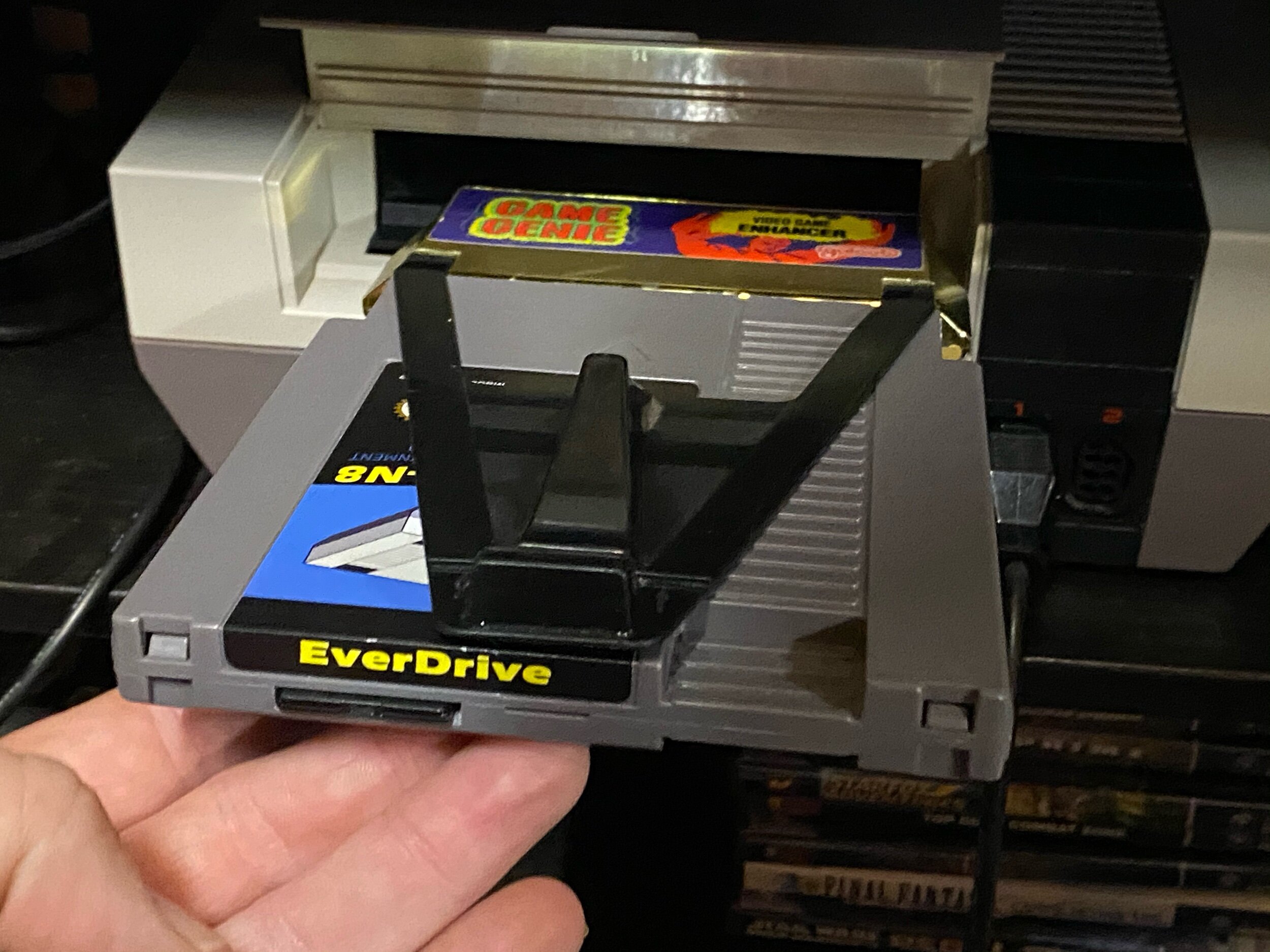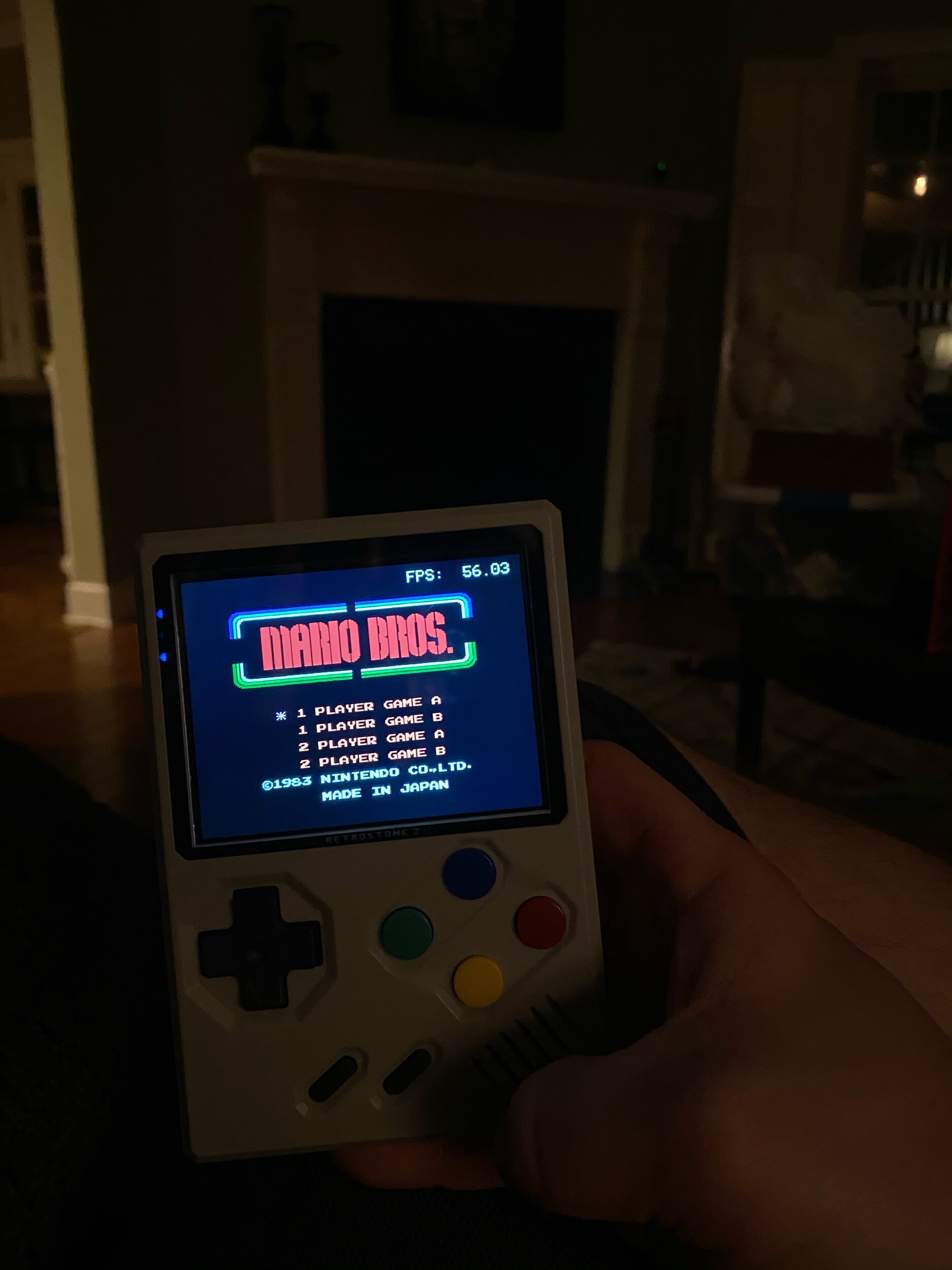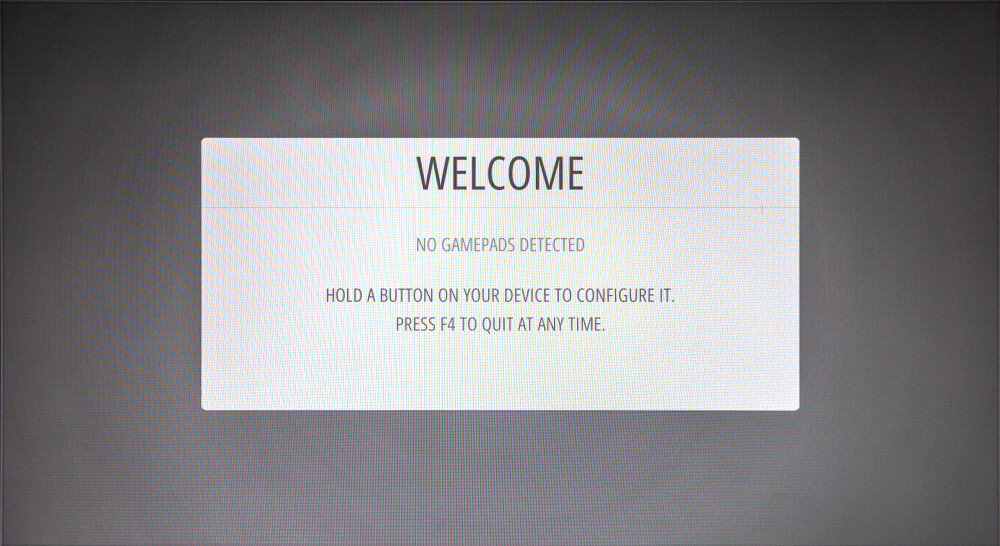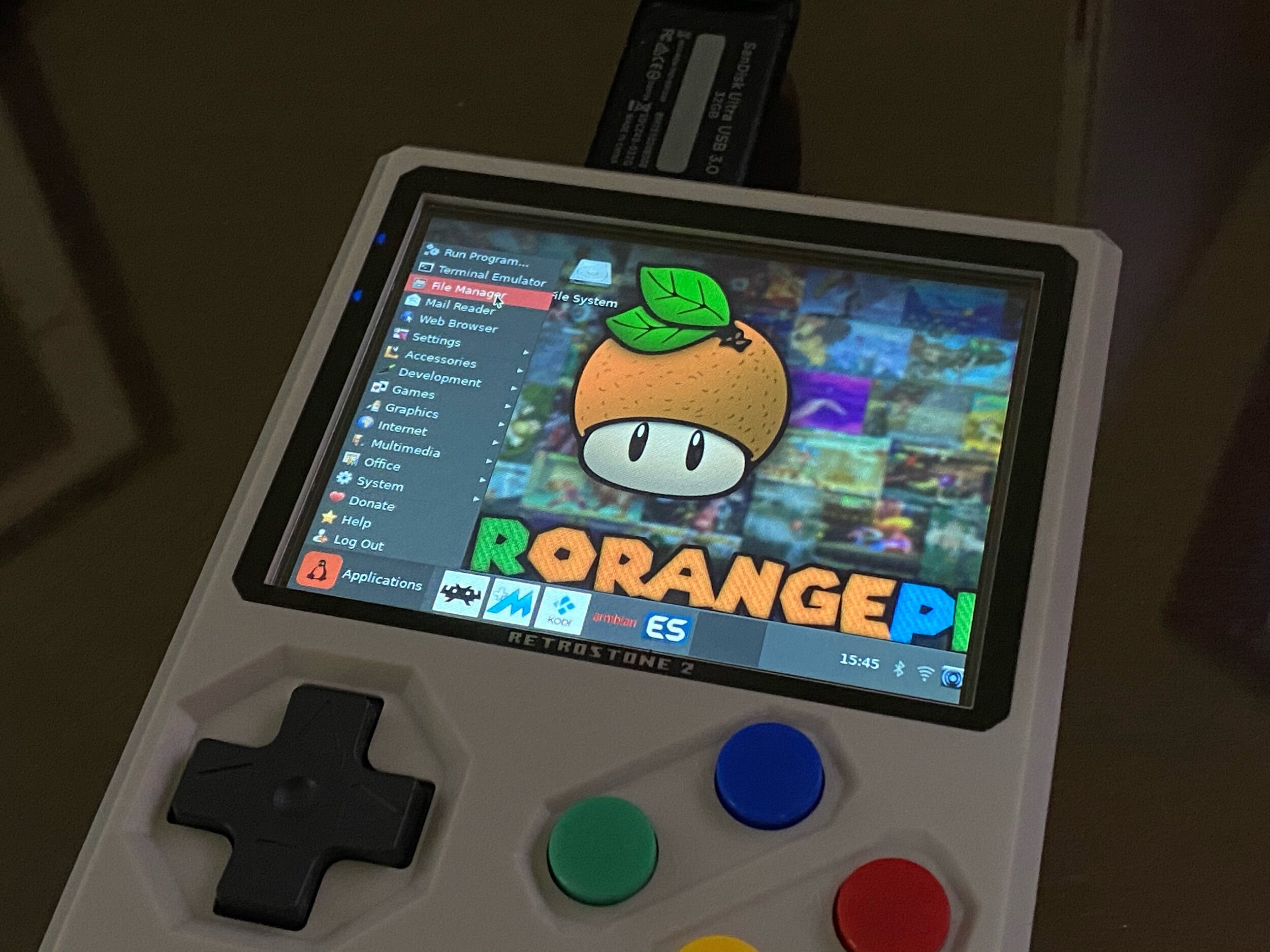Remember, blowing into your NES cartridge to fix it? Did it actually work / help?
There are smart people out there that tend to agree: No, it didn’t.
But then again, maybe Robot Chicken has the right of it. Video games are a constant source of joy for us, so maybe a little blow now and then is the least we can do to return the favor..
Whichever side of the blow / no-blow divide you may fall on, the NES Cartridge design is iconic. It is both incredible for its ability to hold up over the decades but also frustrating for the tendency over time of the ZIF socket to require “just re-insert it” - type actions to get a good connection.
A year ago, I bought an EverDrive N8 and picked up a 20” Toshiba CRT TV from a Facebook marketplace listing. I had classic NES gaming on the mind and I’ve been meaning to get back to it. Last year, I also installed a “New” 72 Pin Connector in my NES to alleviate some cartridge loading issues.
Only a month into owning the EverDrive I found myself in a familiar spot. The NES EverDrive would sometimes boot to a solid color screen or certain games would have jumbled intro screens. I did all the things we did when we were kids, blowing on the cartridge, slamming it into the toaster mechanism with varied levels of force and eventually using a Game Genie with it in order to create enough force for the cartridge contacts.
The thing is, the Krikzz forums are pretty clear that you aren’t really supposed to use this thing with a Game Genie, it can create unexpected mapping errors or inconsistent boot situations. The entire point of the EverDrive is that they have better (OEM) voltage consistencies compared to other multi-carts. What impact a Game Genie or other Wedge-card might have, isn’t probably heavily tested.
So, the NES has sat collecting dust once more as It ended up in my “I’ll get to it later” queue.
Then, I flipped on Netflix’s new High Score Mini Series about retro gaming intending for it to be a background watch while I worked on the laptop late one evening. Many reviews have been “nothing new here” but Episode 2, which partly covered the 1990 NES World Championships triggered my desire to get my NES whipped back in shape.
I suppose memories of The Wizard (1989) and my own childhood dreams to play in the Nintendo World Championships. Alas, the nearest cities to me at the time would have been Indianapolis or Cincinnati and the two hour drive and overnight stay would have been more than my parents would have been willing to fork out toward’s their nerdy son’s video game obsession. Probably for the best, based on the scores they put up, I wouldn’t have stood a chance at the national level!
But…I would like to try to arrange for a NES Mock-Championship game night post-COVID…
Motivation Found. Time to fix it!
This time, I found a good discussion about the pros and cons of NES 72-Pin connector repair approaches and from this thread I ended up with two paths forward.
Path one: Go back with a refurbished or NOS original connector. The remade connectors aren’t as good as the original.
Path two: Go with something like BLW, which is a redesign of that entire mechanism and connector.
”GO LEFT” <RETURN>
OEM is Probably Better
Where the 72pin edge connectors are concerned, it turns out the original Nintendo parts are pretty well made, so I decided to go this route, for now. Not picking on the BLW redesign here, I will probably go the BLW route the next time it acts up in order to see how it holds up by comparison. But, it seems that the modern remakes of the original 72 pin edge connector are less-than the OEM in terms of resiliency.
I couldn’t find my original connector though I’m sure I have it somewhere in a box. So, I bought a refurbished OEM connector from a FleaBayer.
It arrived quickly, though I was a little put off that it actually had rust on one of the pins. Refurbished, indeed. YMMV.
Armed with my trusty can of DeOxit, an eraser and Phillips screwdriver, I set to task and replaced the connector again… or again again? again again agin? I’ve honestly lost track of how many times I’ve done this. :)
About 20 minutes of work that could have been achieved faster if I didn’t have OCD screw-handling tendencies and my NES was back in business.
And.. after all this I got to check out the Nintendo World Championship 1990 game, thanks to an EverDrive Update.
Nice to have the option to play it without buying a $$,$$$ collectible cartridge or a $$$ reproduction. There is an an easy hex-edit of the original rom to allow P1 Start to begin the game and Voilà:
How’d I Do?
Turns out, I wouldn’t have been World Championship finals material anyway!
In SMB, I collected the coins leading up to and including the underground pipe, went back up the pipe, then suicided Mario.
You start back at the halfway point near the 9-block. I jump up while the Goombas roll by and hit the upper coin block, then the 9 block quickly before the Koopa can get there, go right, collect a couple coins and then suicide Mario again.
Next life, back to the 9Block and maybe +1 coin for 50. I think I could probably shave 20 seconds off that portion of the time. I cleared Rad Racer, got two Tetrises before running out of time.
Using the strategy of shorting SMB in favor of more time in Tetris, my highest score is 292,745.
Lap 1 = SMB, Lap 2 = Rad Racer, Lap 3 = Tetris



































